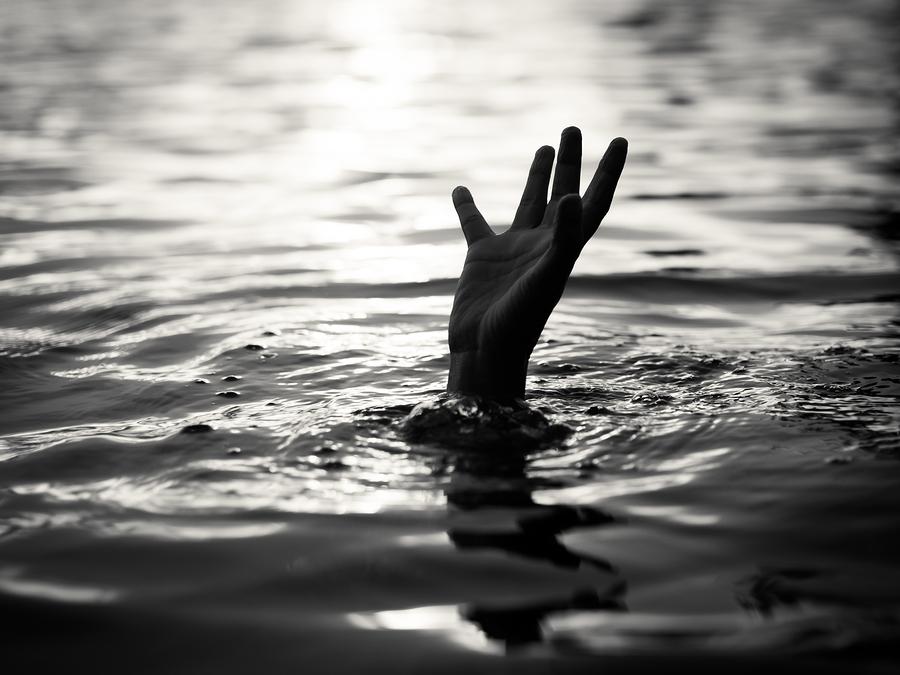Africa-Press – Eritrea. THE World Health Organisation (WHO) has issued a call for people around the world to “do one thing” to prevent drowning.
WHO says, as one of the leading causes of death globally for children and young people ages 1–24, and the third leading cause of injury-related deaths overall, drowning tragically claims more than 236 000 lives each year.
“Every year, around the world, hundreds of thousands of people drown. Most of these deaths are preventable through evidence-based, low-cost solutions,” said WHO Director-General Dr Tedros Adhanom Ghebreyesus.
“Today, cities around the world are lighting up their monuments in blue light as a call to action for each of us to do our part to prevent drowning. Let’s put a stop to drowning,” added Dr Ghebreyesus.
More than 90 per cent of drowning deaths occur in low- and middle-income countries, with children under the age of five (5) being at highest risk.
The 2015 WHO Global Health Estimates (GHE) and 2016 GBD estimated annual average drowning mortality rates of 6.5 and 4.6 drowning deaths per 100,000 persons, respectively in Tanzania, which equate to 3,454 and 2,486 deaths annually.
These deaths are frequently linked to daily, routine activities, such as bathing, collecting water for domestic use, travelling over water on boats or ferries, and fishing.
The impacts of seasonal or extreme weather events – including monsoons – are also a frequent cause of drowning and these impacts are largely preventable through a number of interventions.
Michael Bloomberg, founder of Bloomberg Philanthropies and WHO Global Ambassador for Non-communicable Diseases and Injuries, urged people around the world to recognise World Drowning Prevention Day and take action to prevent drowning.
“Drowning is a global public health challenge, and at Bloomberg Philanthropies, we’re focused on implementing solutions to prevent it,” said Michael Bloomberg, founder of Bloomberg Philanthropies and WHO Global Ambassador for Non-communicable Diseases and Injuries.
He added: “In many cases, we know what works to prevent drowning. We’ve developed tools and guidance to help governments implement solutions – and if we do more together, we really can save thousands of lives.”
WHO recommends six evidence-based measures to prevent drowning, including installing barriers controlling access to water; training bystanders in safe rescue and resuscitation; teaching school-aged children basic swimming and water safety skills; providing supervised day care for children; setting and enforcing safe boating, shipping and ferry regulations; and improving flood risk management.
This year, the theme of World Drowning Prevention Day invites the global community to “do one thing” to prevent drowning.
WHO works with partners including Bloomberg Philanthropies, the Royal National Lifeboat Institution (RNLI) and the Global Health Advocacy Incubator as well as other UN agencies to raise awareness on drowning prevention.
In 2021, the first UN General Assembly resolution was adopted on drowning prevention. The resolution asks WHO to coordinate drowning prevention actions within the UN System and lead preparations for World Drowning Prevention Day.
For More News And Analysis About Eritrea Follow Africa-Press







